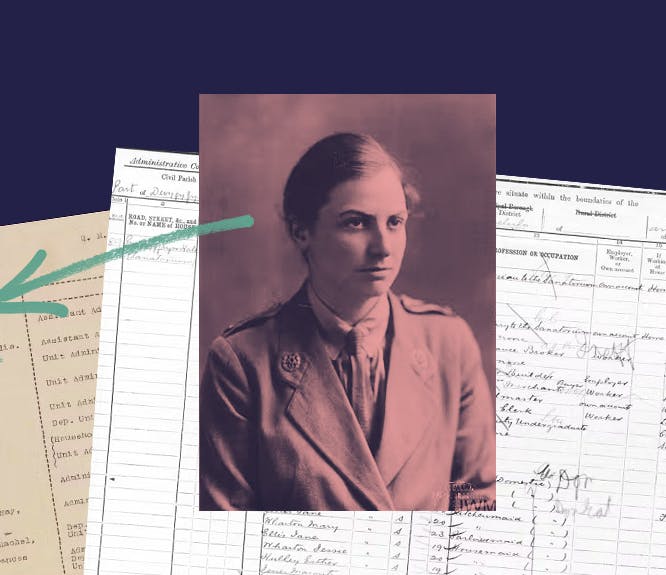10 everyday inventions we owe to World War 2
4-5 minute read
By The Findmypast Team | June 16, 2020
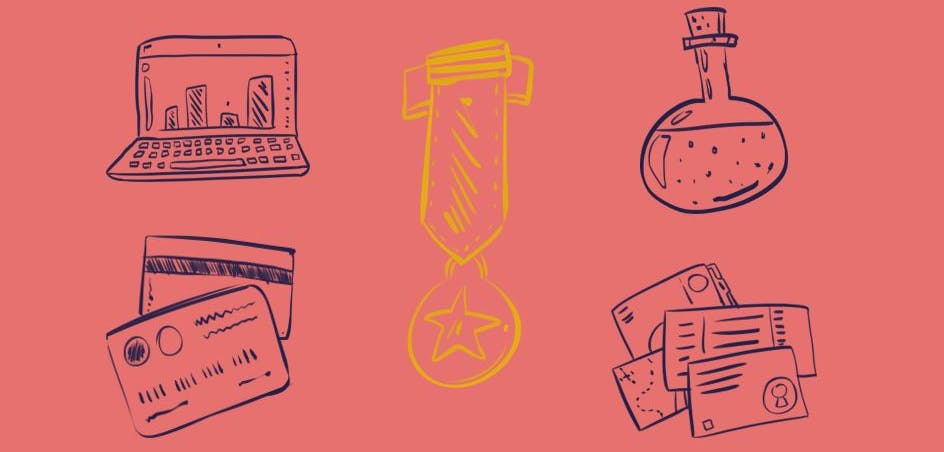
The Second World War saw the creation of clever inventions we still use today.
From radar to superglue to freeze-dried coffee, we've created a top ten list of World War 2 inventions we couldn't do without in today's modern world.
Did you know these items were a lasting legacy from World War 2? You'll learn more titbits like this in our history hub.
1. Computers
From the machine this article was written on to the processing power of a smart phone, modern computing would not be what it is without the innovation of the Government Code and Cipher School at Bletchley Park and Colossus.
Originally invented as a way to speed up the cracking of the Enigma codes, Colossus was the first of many computers which have gradually shrunk in size to become part of everyday life, with their use in work, schools and play around the world.
2. ATMs
Inventor Luther Simjian emigrated to America from Armenia when he was 16. He went on to hold over 200 different patents for inventions ranging from flying simulators to computerised indoor golf ranges. In 1939, Simjian started work on the world's first working ATM, but it wasn't until the 1960s that he managed to convince a New York City bank to install several machines in one of their branches.
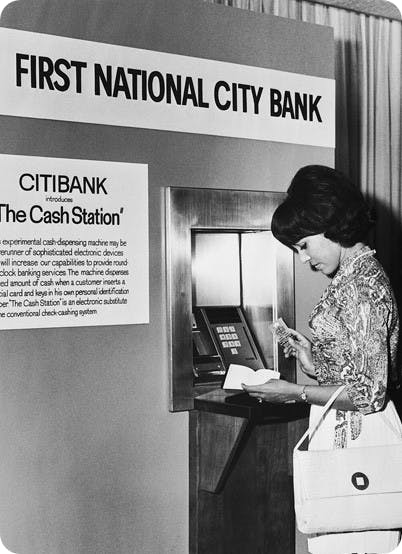
A woman uses an early ATM in the 1960s.
They were removed after six months due to customer's distrust of a money-swallowing computer, as Simjian later divulged:
""It seems the only people using the machines were a small number of prostitutes and gamblers who didn't want to deal with tellers face-to-face"."
3. Superglue
Superglue was accidentally invented by someone looking to manufacture gun sights. Dr Harry Coover, then working for Kodak, discovered that the chemical mixture he had used bonded extremely strongly, so much so that once stuck together, it was difficult to separate.
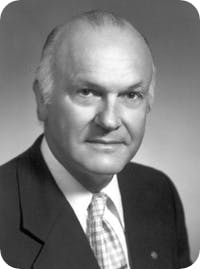
Harry Coover, inventor of superglue.
He initially abandoned the mixture as it wasn't what he needed for the project he was working on. Superglue only resurfaced on the civilian market in 1958, a full 16 years after its initial invention.
4. Penicillin
Howard Florey was the Australian scientist who spearheaded the studies for medical penicillin.
While he was known as quite an impersonal man, who disliked using first names, he was also highly admired by the scientific community and never had a lack of willing assistants, on which he stated:
""I would work with the devil himself-if he were good enough"."
In 1938, Florey started working with a small group of scientists, including Ernst Boris Chain, with whom he would later go on to share the Nobel Prize for Medicine, and Sir Alexander Fleming. By 1941, they had developed a drug sophisticated enough for human trials, which proved a resounding success.
5. Satellites
Using German technology geared towards guiding the V2 rocket, the Americans and Russians were able to launch the first satellites, put men on the moon and build the International Space Station
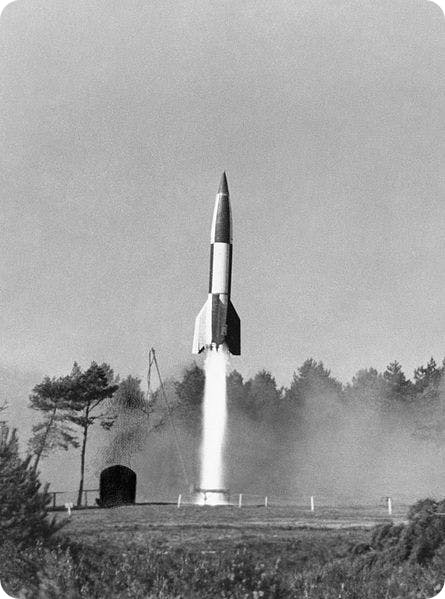
The V2 Rocket.
All of these post-war initiatives advanced our knowledge of the universe significantly. In a more everyday sense, signals bounce from satellites in space to bring you digital TV and SatNavs triangulate your position between three satellites to tell you where you are in the world.
6. Freeze-dried coffee
In today's caffeinated world it might be hard to imagine a huge surplus of coffee beans sitting unused in warehouses in Brazil. Yet, it was exactly this problem, brought about by the Great Depression, which lead to suppliers asking Nestle to come up with a way of preserving it.
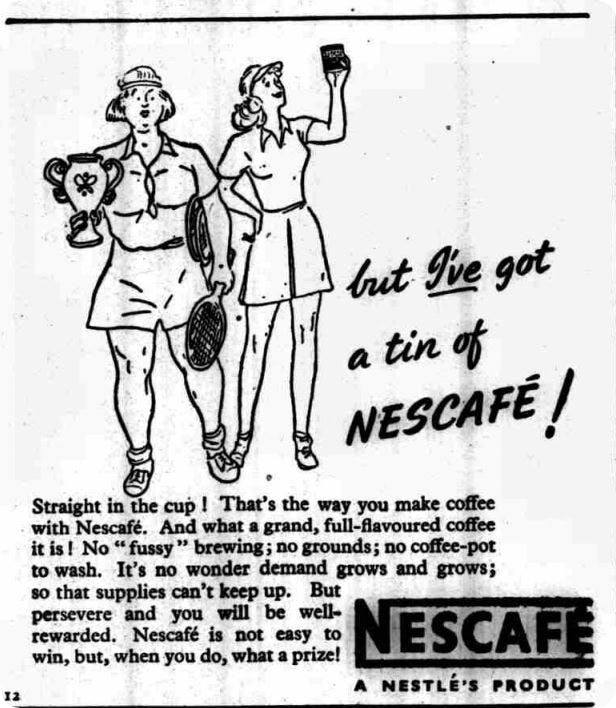
A Nescafé advert in Aberdeen Evening Express, 14 May 1945.
Soluble coffee products had been on the market before but they were vastly inferior in taste to the product created by Nestle in 1938. The brand pioneered the process of drying coffee extract with carbohydrates. Freeze-dried coffee would come about after the war, using the same vacuum technology used to produce penicillin.
7. Radar
Perfected by the British during the Battle of Britain to detect incoming air raids, radar is still used in everyday life.
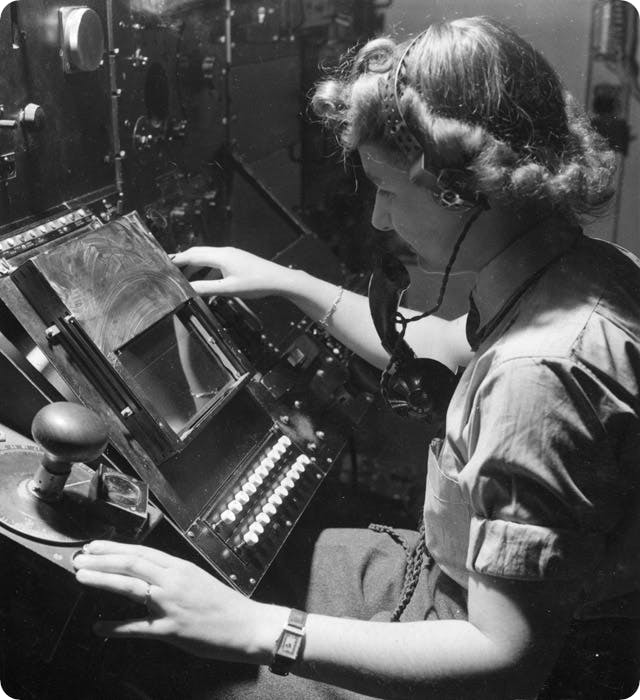
The operator display of the Chain Home Radar system was complex.
Speed cameras work on radar technology, measuring your speed and automatically taking a photograph if you are over the permitted limit.
8. Ballpoint pen
Frustrated by the fountain pen's tendency to smudge, journalist and artist Laszlo Biro invented the ballpoint pen after seeing a type of ink in a printing shop that dried almost as soon as it hit the page. He enlisted the help of his brother George, a scientist, and took out a patent on the invention in 1938.
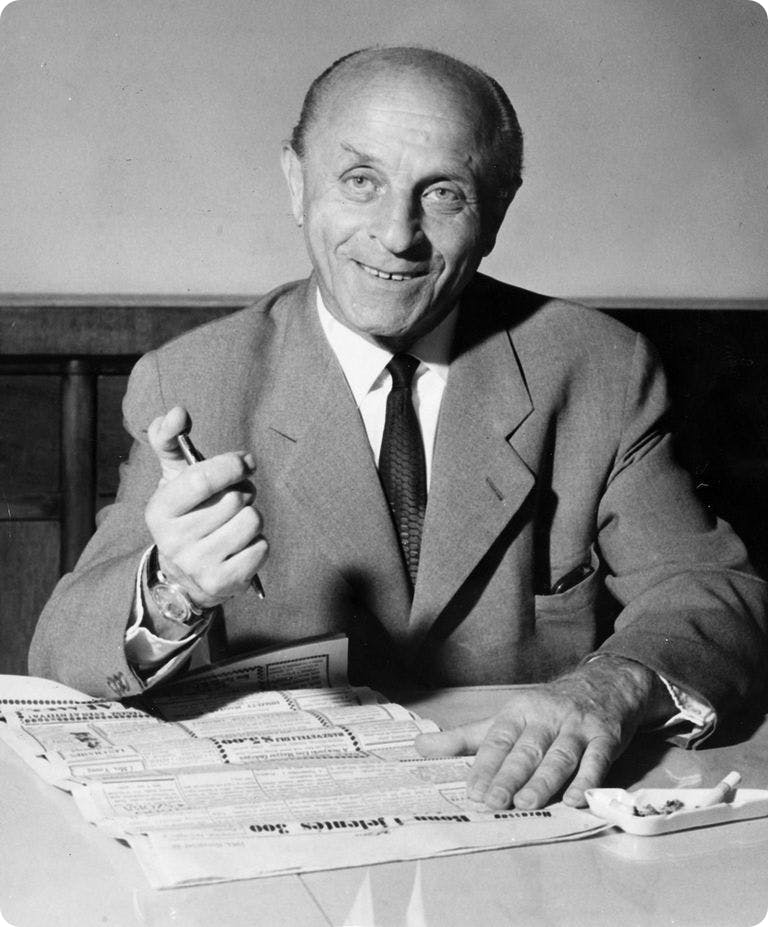
Laszlo Biro.
One of the ballpoint's first customers was the Royal Air Force, taking out an order of 30,000 units for pilots to use at high altitudes, where reservoir pens were prone to leakage.
9. Jet engines
Jet engines came to the fore in the closing months of World War 2 as a way of giving fighters an advantage over their adversaries. The German ME 262 was the first operational Jet fighter with the British Gloucester Meteor not far behind.
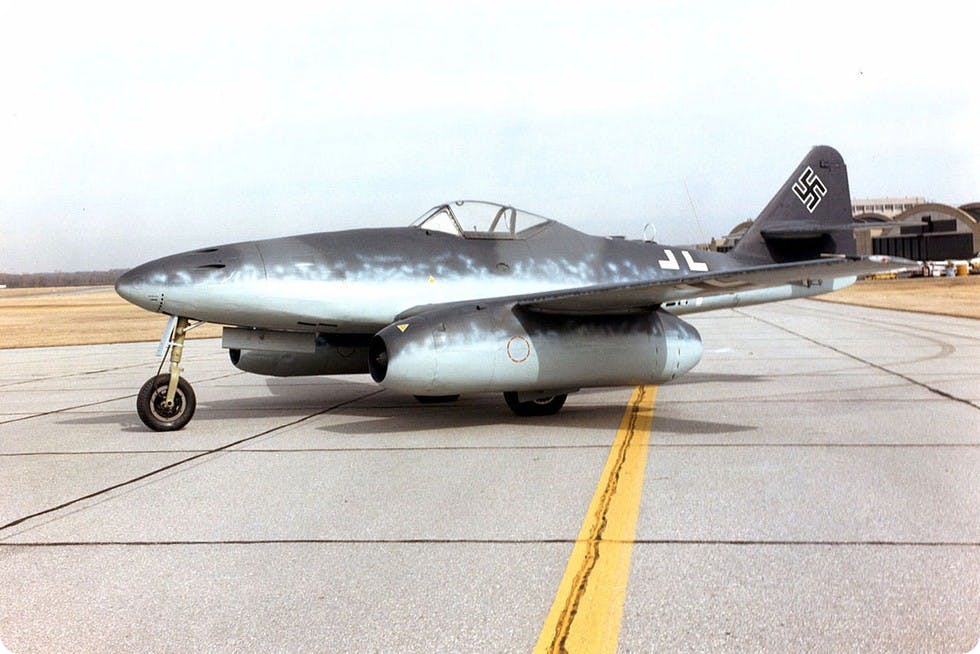
The Me 262, one of the first aircraft to run on a jet engine.
This technology, first developed between 1939 and 1945, is now being used by airlines to carry passengers all over the globe, so much so that flying abroad is now more affordable than ever.
10. Photocopying
The idea that a great invention was the only thing between his modest upbringing and success was an idea that gripped Chester "Chet" Carlson from childhood, most of which he spent buried in books about Thomas Edison and other famous inventors.
Having worked in patent offices for several years, Carlson noticed that there was always a lack of patent specifications, copies of which had to be typed up and then individually proofread. Little did he know this observation would lead to the application of his first patent in 1937 when countless hours of kitchen experiments led to the discovery of xerography, the science still used in photocopiers today.
What are your connections to World War 2? Uncover family heroes and understand the bigger picture of the conflict on Findmypast today.
Related articles recommended for you
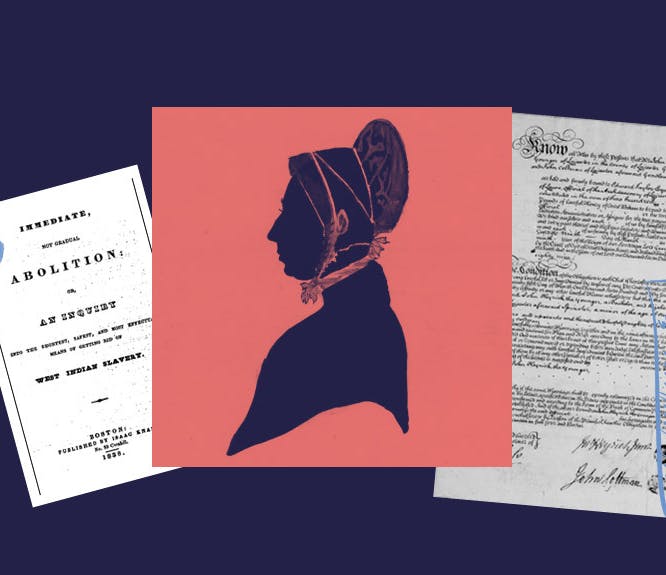
Inspirational women from history: slavery abolitionist Elizabeth Heyrick
History Hub
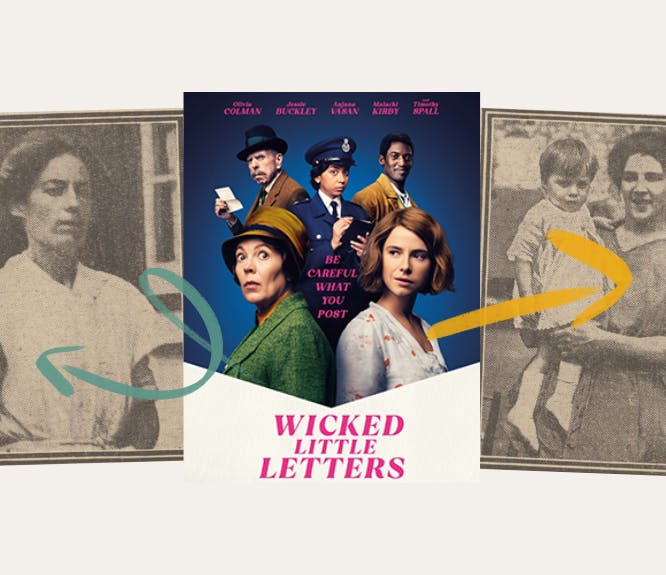
The shocking true story behind Wicked Little Letters
History Hub
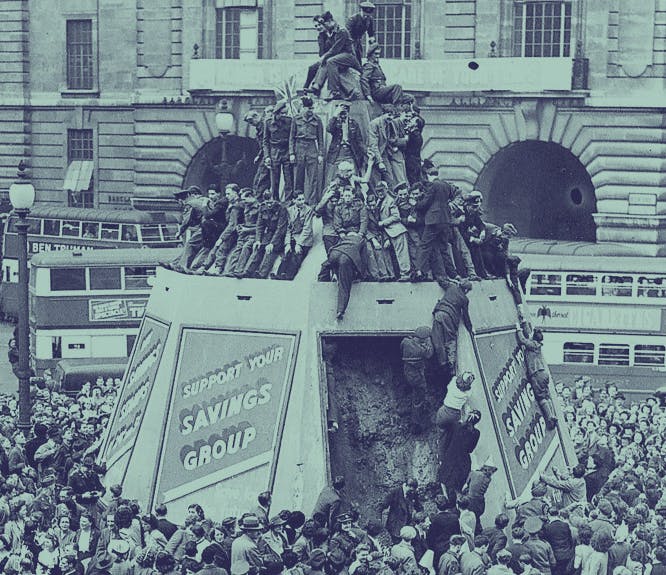
What was it like to be in London on Victory in Europe Day (VE Day) in 1945?
The Findmypast Community
